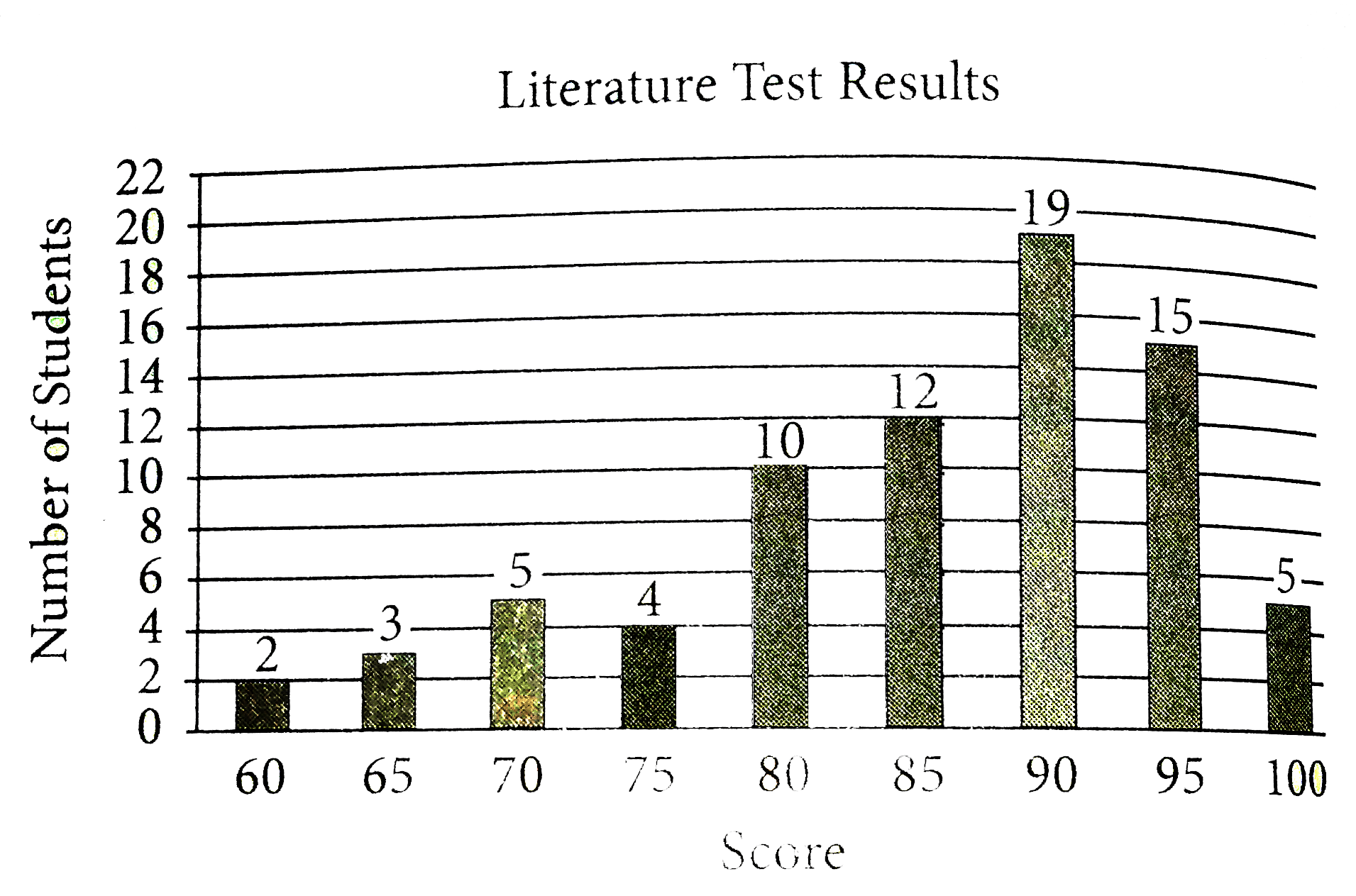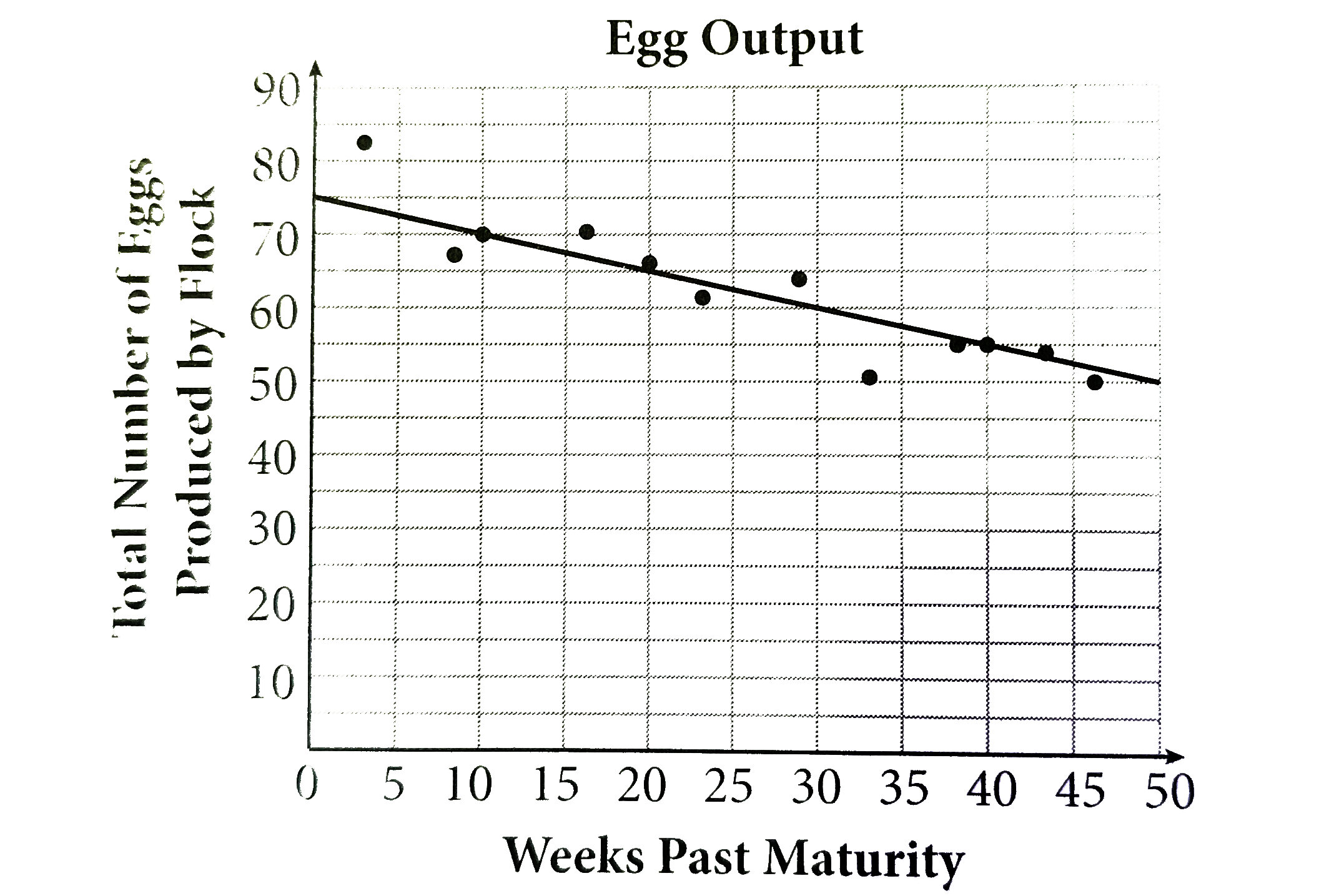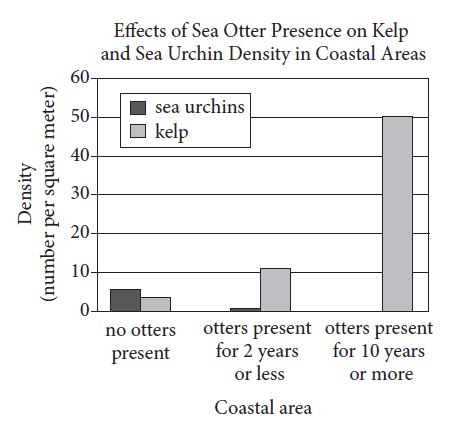Millions of chicken were killed in west Bengal , Assom , odisha and maharashtra recently ,what was the reason ?
Step-by-Step Solution:
1. Identify the Context: The question refers to a recent event where millions of chickens were killed in several states of India, including West Bengal, Assam, Odisha, and Maharashtra.
2. Determine the Cause: The primary reason for the mass killing of chickens in these regions was an outbreak of a specific virus.
3. Identify the Virus: The virus responsible for this outbreak is the H5N1 virus, which is known as the avian influenza virus or bird flu virus.
4. Understand the Impact: The H5N1 virus causes severe infections in poultry, leading to high mortality rates among chickens. This necessitated the drastic measure of culling to prevent further spread of the disease.
5. Conclusion: The massive killing of chickens in these states was a response to the infection caused by the H5N1 virus, which poses a significant threat to poultry health and can also have implications for human health.
Final Answer: Millions of chickens were killed in West Bengal, Assam, Odisha, and Maharashtra due to an outbreak of the H5N1 virus, which is responsible for bird flu. This action was taken to control the spread of the infection among poultry.
---
Topper's Solved these Questions
- STRATEGIES FOR ENHANCMENT IN FOOD PRODUCTIONBOOK - NCERT EXEMPLAR ENGLISHCHAPTER - STRATEGIES FOR ENHANCMENT IN FOOD PRODUCTIONEXERCISE - Long Answer type Questions
8 Videos
- STRATEGIES FOR ENHANCMENT IN FOOD PRODUCTIONBOOK - NCERT EXEMPLAR ENGLISHCHAPTER - STRATEGIES FOR ENHANCMENT IN FOOD PRODUCTIONEXERCISE - Long Answer type Questions
8 Videos
- SEXUAL REPRODUCTION IN FIOWERING PIANTSBOOK - NCERT EXEMPLAR ENGLISHCHAPTER - SEXUAL REPRODUCTION IN FIOWERING PIANTSEXERCISE - Long Answer Type Questions
5 Videos
Similar Questions
Millions of chickens were killed in West Bengal, Assam, Odisha and Maharashtra recently. What was the reason?
View SolutionA mixture of fragmented DNA was electrophoresed in an agarose gel. After staining the gel with ethidium bromide, no DNA bands were observed. What could be the reason?
View Solution
Knowledge Check
In a particular college, the test scores of the most recent test given for a particular Physics class and a particular Literature class were studied. Both tests were scored from 0 to 100 and had a total of 20 question, which were equally weighted with no partial credit. The physics class had 128 students and the Literature class had 75 students . The test results are shown in the two graphs below.

The dean of the college is comparing the scores from the two classes and calculates the median for each class. If the dean labels the median score of the Physics class P and the median score of the Literature class L, what is the sum of P and L?A175B170C85D80The cyber-world is ultimately ungovernable. This is alarming as well as convenient, sometimes, convenient because alarming. Some Indian politicians use this to great advantage. When there is an obvious failure in governance during a crisis they deflect attention from their own incompetence towards the ungovernable. So, having failed to prevent nervous citizens from fleeing their cities of work by assuring them of proper protection, some national leaders are now busy trying to prove to one another and to panic prone Indians, that a mischievous neighbour has been using the Internet and social networking sites to spread dangerous rumours. And the Centre's automatic reaction is to start blocking these sites and begin elaborate and potentially endless negotiations with Google, Twitter and Facebook about access to information. If this is the official idea of prompt action at a time of crisis among communities, then Indians have more reason to fear their protectors than the nebulous mischief-makers of the Cyber-world. Wasting time gathering proof, blocking vaguely suspicious websites, hurling accusations across the border and worrying about bilateral relation, are ways of keeping busy with in essentials because one does not quite know what to do about the essentials of a difficult situation. Besides, only a fifth of the 245 websites blocked by the Centre mention the people of the North-East or the violence in Assam. And if a few morphed images and spurious texts can unsettle an entire nation, then there is something deeply wrong with the nation and with how it is being governed. This is what its leaders should be addressing immediately, rather than making a wrongheaded display of their powers of censorship. It is just as absurd and part of the same syndrome, to try to ban Twitter accounts that parody despatches from the Prime Minister's office. To describe such forms of humour and dissent as 'misrepresenting the PMO- as if Twitterat is would take these parodies for genuine despatches from the PMO- makes the PMO look more ridiculous than its parodists manage to. With the precedent for such action set recently by the Chief Minister of West Bengal, this is yet another proof that what Bengal thinks today India will think tomorrow. Using the Cyber-world for flexing the wrong muscles is essentially not funny. It might even prove to be quite dangerously distracting.
What is the opposite of 'wrong headed?AsillyBsaneCinsaneDinsensibleThe cyber-world is ultimately ungovernable. This is alarming as well as convenient, sometimes, convenient because alarming. Some Indian politicians use this to great advantage. When there is an obvious failure in governance during a crisis they deflect attention from their own incompetence towards the ungovernable. So, having failed to prevent nervous citizens from fleeing their cities of work by assuring them of proper protection, some national leaders are now busy trying to prove to one another and to panic prone Indians, that a mischievous neighbour has been using the Internet and social networking sites to spread dangerous rumours. And the Centre's automatic reaction is to start blocking these sites and begin elaborate and potentially endless negotiations with Google, Twitter and Facebook about access to information. If this is the official idea of prompt action at a time of crisis among communities, then Indians have more reason to fear their protectors than the nebulous mischief-makers of the Cyber-world. Wasting time gathering proof, blocking vaguely suspicious websites, hurling accusations across the border and worrying about bilateral relation, are ways of keeping busy with in essentials because one does not quite know what to do about the essentials of a difficult situation. Besides, only a fifth of the 245 websites blocked by the Centre mention the people of the North-East or the violence in Assam. And if a few morphed images and spurious texts can unsettle an entire nation, then there is something deeply wrong with the nation and with how it is being governed. This is what its leaders should be addressing immediately, rather than making a wrongheaded display of their powers of censorship. It is just as absurd and part of the same syndrome, to try to ban Twitter accounts that parody despatches from the Prime Minister's office. To describe such forms of humour and dissent as 'misrepresenting the PMO- as if Twitterat is would take these parodies for genuine despatches from the PMO- makes the PMO look more ridiculous than its parodists manage to. With the precedent for such action set recently by the Chief Minister of West Bengal, this is yet another proof that what Bengal thinks today India will think tomorrow. Using the Cyber-world for flexing the wrong muscles is essentially not funny. It might even prove to be quite dangerously distracting.
According to the passage, the Cyber-world isAbeyond the imagination of peopleBoutside the purview of common peopleCnot to be governedDungovernable
The cyber-world is ultimately ungovernable. This is alarming as well as convenient, sometimes, convenient because alarming. Some Indian politicians use this to great advantage. When there is an obvious failure in governance during a crisis they deflect attention from their own incompetence towards the ungovernable. So, having failed to prevent nervous citizens from fleeing their cities of work by assuring them of proper protection, some national leaders are now busy trying to prove to one another and to panic prone Indians, that a mischievous neighbour has been using the Internet and social networking sites to spread dangerous rumours. And the Centre's automatic reaction is to start blocking these sites and begin elaborate and potentially endless negotiations with Google, Twitter and Facebook about access to information. If this is the official idea of prompt action at a time of crisis among communities, then Indians have more reason to fear their protectors than the nebulous mischief-makers of the Cyber-world. Wasting time gathering proof, blocking vaguely suspicious websites, hurling accusations across the border and worrying about bilateral relation, are ways of keeping busy with in essentials because one does not quite know what to do about the essentials of a difficult situation. Besides, only a fifth of the 245 websites blocked by the Centre mention the people of the North-East or the violence in Assam. And if a few morphed images and spurious texts can unsettle an entire nation, then there is something deeply wrong with the nation and with how it is being governed. This is what its leaders should be addressing immediately, rather than making a wrongheaded display of their powers of censorship. It is just as absurd and part of the same syndrome, to try to ban Twitter accounts that parody despatches from the Prime Minister's office. To describe such forms of humour and dissent as 'misrepresenting the PMO- as if Twitterat is would take these parodies for genuine despatches from the PMO- makes the PMO look more ridiculous than its parodists manage to. With the precedent for such action set recently by the Chief Minister of West Bengal, this is yet another proof that what Bengal thinks today India will think tomorrow. Using the Cyber-world for flexing the wrong muscles is essentially not funny. It might even prove to be quite dangerously distracting.
The author is of the opinion that
View SolutionThe cyber-world is ultimately ungovernable. This is alarming as well as convenient, sometimes, convenient because alarming. Some Indian politicians use this to great advantage. When there is an obvious failure in governance during a crisis they deflect attention from their own incompetence towards the ungovernable. So, having failed to prevent nervous citizens from fleeing their cities of work by assuring them of proper protection, some national leaders are now busy trying to prove to one another and to panic prone Indians, that a mischievous neighbour has been using the Internet and social networking sites to spread dangerous rumours. And the Centre's automatic reaction is to start blocking these sites and begin elaborate and potentially endless negotiations with Google, Twitter and Facebook about access to information. If this is the official idea of prompt action at a time of crisis among communities, then Indians have more reason to fear their protectors than the nebulous mischief-makers of the Cyber-world. Wasting time gathering proof, blocking vaguely suspicious websites, hurling accusations across the border and worrying about bilateral relation, are ways of keeping busy with in essentials because one does not quite know what to do about the essentials of a difficult situation. Besides, only a fifth of the 245 websites blocked by the Centre mention the people of the North-East or the violence in Assam. And if a few morphed images and spurious texts can unsettle an entire nation, then there is something deeply wrong with the nation and with how it is being governed. This is what its leaders should be addressing immediately, rather than making a wrongheaded display of their powers of censorship. It is just as absurd and part of the same syndrome, to try to ban Twitter accounts that parody despatches from the Prime Minister's office. To describe such forms of humour and dissent as 'misrepresenting the PMO- as if Twitterat is would take these parodies for genuine despatches from the PMO- makes the PMO look more ridiculous than its parodists manage to. With the precedent for such action set recently by the Chief Minister of West Bengal, this is yet another proof that what Bengal thinks today India will think tomorrow. Using the Cyber-world for flexing the wrong muscles is essentially not funny. It might even prove to be quite dangerously distracting.
The author wars us against:
View SolutionMost chickens reach maturity and begin laying eggs at around 20 weeks of age. From this point forward, however, as the chicken ages,its eges its egg production decreases. A farmer was given a flock of 100 chickens (all of which were the same age) and asked to meaure daily egg output for the entire flock at random intervals starting at maturity until the chickens were 70 weeks old. The data are recorded in the scatteplot below and the line of best fit has been drawn.

Based on the line of bast fit, what is the predicted number of eggs that will be produced by the flock when it is 33 weeks past maturity ?
View SolutionSomeone was opening the front door with a latchkey. It was Brently Mallard who entered, a little travel-stained, composedly carrying his grip-sack and umbrella. He had been far from the scene of the accident, and did not even know there had been one. He stood amazed at Josephine's piercing cry, at Richards' quick motion to screen him from the view of his wife. When the doctors came they said she had died of heart disease of the joy that kills.
What were the signs of many marriages of the past and present that Mrs. Mallard's marriage showed?
View SolutionEnvironmentalist Otters
It has long been known that the sea otters (23) living along the West Coast of North America help––––––––––––––––––––––––––––––––––––––––––––––––––––––– keep kelp forests in their habitat healthy and vital. They do this by feeding on sea urchins and other herbivorous invertebrates that graze voraciously on kelp. With sea otters to keep the population of sea urchins in check, kelp forests can flourish. In fact, (24) two years or less of sea otters can completely eliminate sea urchins––––––––––––––––––––––––––––––––––––––––––––––––––––––––––––––––––––––– in a coastal area (see chart).

Adapted from David O. Duggins, “Kelp Beds and Sea Otters: An Experimental Approach.” ©1980 by the Ecological Society of America.
Without sea otters present, (25) nevertheless–––––––––––––, kelp forests run the danger of becoming barren stretches of coastal wasteland known as urchin barrens.
[1] What was less well-known, until recently at least, was how this relationship among sea otters, sea urchins, and kelp forests might help fight global warming. [2] The amount of carbon dioxide in the atmosphere has increased 40 percent (26) . [3] A recent study by two professors at the University of California, Santa Cruz, Chris Wilmers and James Estes, (27) suggests, that––––––––––––––– kelp forests protected by sea otters can absorb as much as twelve times the amount of carbon dioxide from the atmosphere as those where sea urchins are allowed to (28) devour–––––––– the kelp. [4] Like (29) their––––– terrestrial plant cousins, kelp removes carbon dioxide from the atmosphere, turning it into sugar fuel through photosynthesis, and releases oxygen back into the air.
[5] Scientists knew this but did not recognize (30) how large a role they played–––––––––––––––––––––––––––––– in helping kelp forests to significantly decrease the amount of carbon dioxide in the atmosphere. [6] Far from making no difference to the ecosystem, the presence of otters was found to increase the carbon storage of kelp forests by 4.4 to 8.7 megatons annually, offsetting the amount of carbon dioxide emitted by three million to six million passenger cars each year. (31)
Wilmers and Estes caution, however, that (32) having more otters––––––––––––––––––––– will not automatically solve the problem of higher levels of carbon dioxide in the air. But they suggest that the presence of otters provides a good model of how carbon can be sequestered, (33) or removed, from––––––––––––––––––– the atmosphere through the management of animal populations. If ecologists can better understand what kinds of impacts animals might have on the environment, Wilmers contends, “there might be opportunities for win-win conservation scenarios, whereby animal species are protected or enhanced, and carbon gets sequestered.”
View Solution
